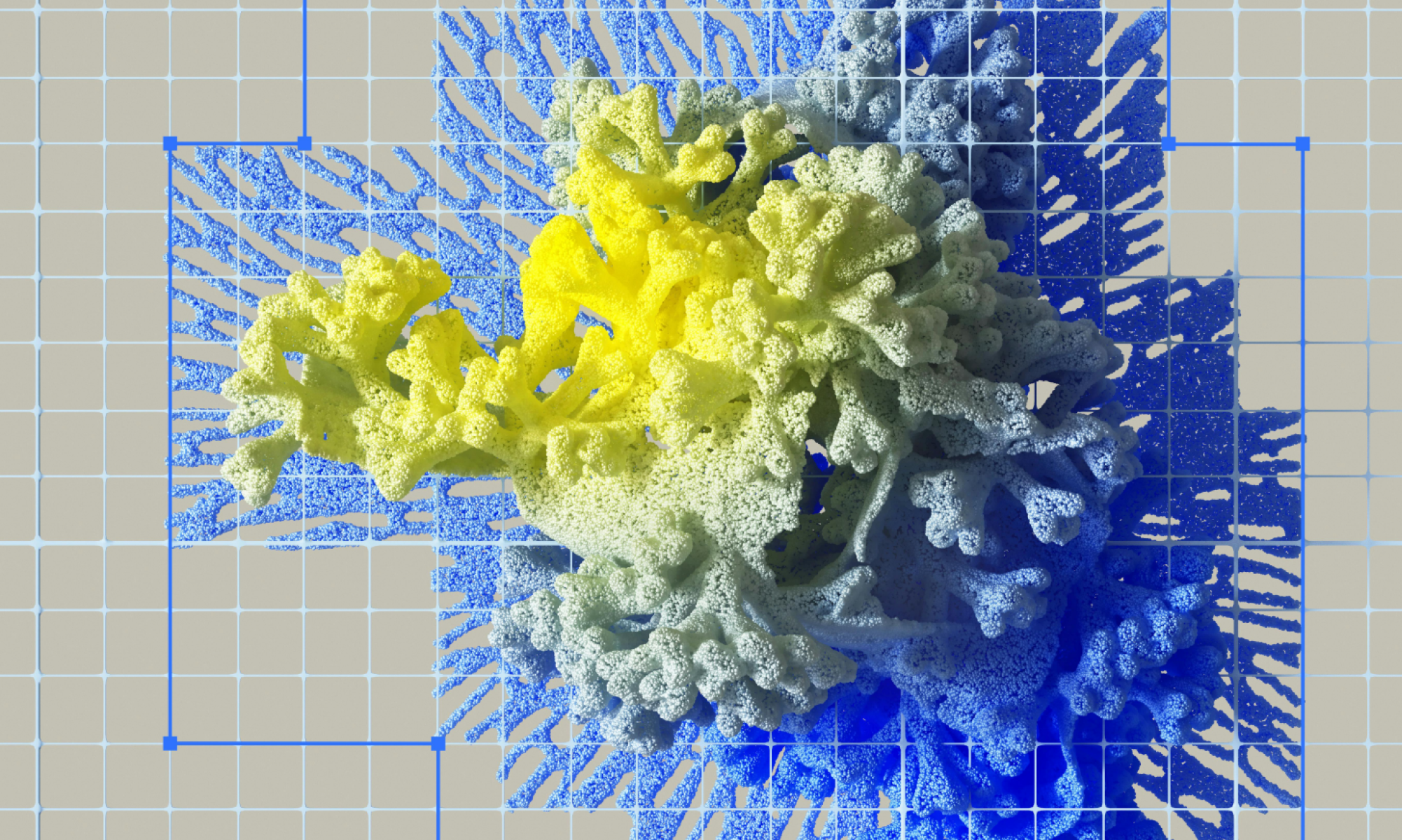AI
our blog
AI Product Backlog: Prioritise Ideas Effectively

AI can feel complicated at first. Ideas seem to come from everywhere, product teams, analysts, leadership, and some are quick wins while others are way more complex. Without a simple way to sort them, it’s easy to lose focus or spend time on ideas that aren’t ready.
An AI product backlog can help bring structure. It’s a practical way to capture, evaluate and prioritise opportunities in one place. Each idea can be written as a short “model user story” – a one page summary of the problem, the data needed, any safeguards and a measure of success. Keeping it brief makes it easier to compare ideas and decide which to explore first.
When deciding what to focus on, it helps to think about four things: potential impact, data readiness, effort and running costs. This process should help with spotting which ideas are easier to start with and which may need more prep. High impact ideas can be tempting, but if key data is missing or costs are high, it might be better to pause. Smaller ideas with ready data and a clear path can mean quick wins and build confidence.
A few practical checks can also help save time. Do we have legal access to the data? Is it in the right format? What if the AI’s confidence is low? Who will retrain it when needed? Considering these questions early prevents common mistakes without creating a heavy checklist.
Cost and risk are worth noting too. Each idea can record infrastructure costs, privacy considerations, potential data evolution and a plan for evaluation. Reviewing the backlog regularly, promoting experiments that perform well and archiving ideas that aren’t ready with a clear ‘why not now’ keeps the backlog manageable while keeping the focus on learning and moving forward.
This approach makes it easier to see the bigger picture. Teams can track what’s being explored, what’s ready to build and what still needs attention.
At Studio Graphene, we’ve found that a simple structure like this can help teams bring order to their AI plans. That could be through a workshop, sharing templates or helping teams think through how to manage ideas in one place. We find it’s a flexible way to keep AI initiatives practical, measurable and easy to steer, letting teams move forward with confidence while we all learn.









